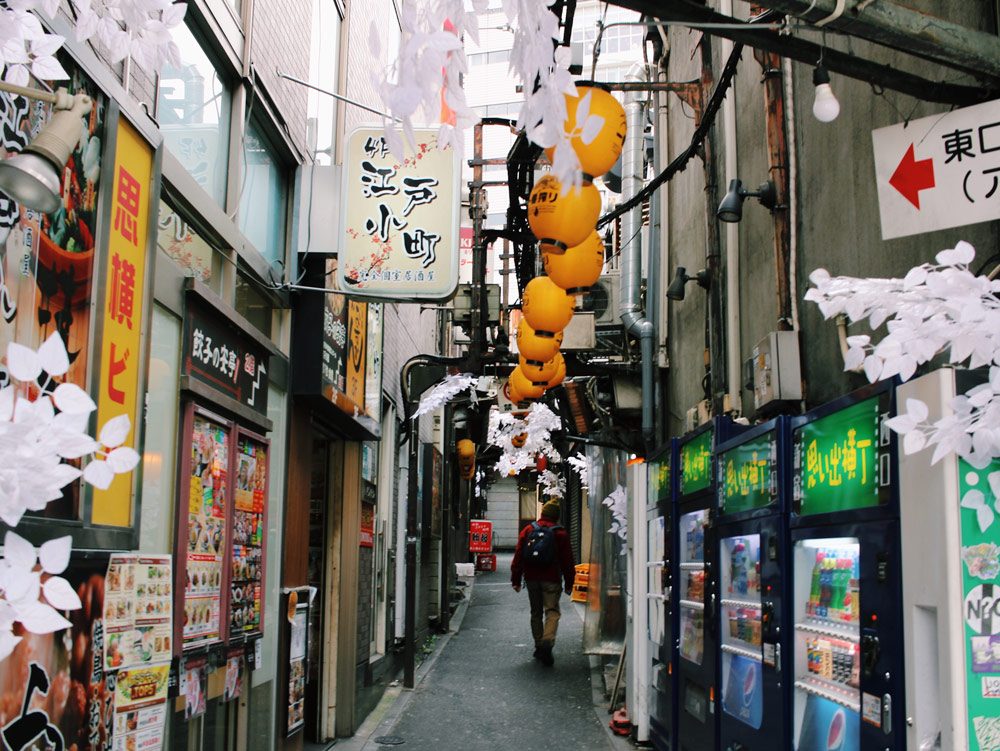
Memory Lane, Shinjuku
Few places define “hustle and bustle” quite like the ward of Shinjuku in Tokyo: its railway station is used by an average of 3.5 million people a day—by far the busiest in the world. Hidden behind the district’s skyscrapers and shops, however, are yokocho: traditional-style alleyways that date back to Japan’s postwar reconstruction. One of the prettiest is Omoide Yokocho, which translates to “Memory Lane.” Formerly a black market, the lantern-filled Memory Lane is now home to dozens of tightly-packed snack bars and food stalls—each can accommodate only a handful of people at a time.
Check out the best street foods across Asia.
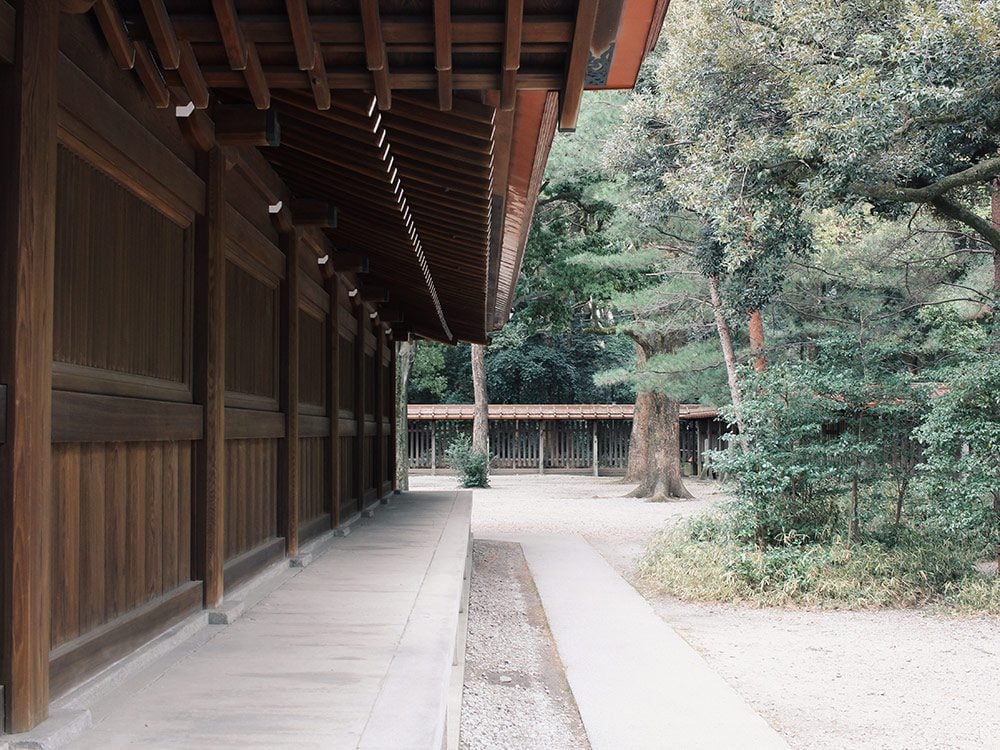
Meiji Shrine, Tokyo
Although Tokyo’s neon lights and Shibuya Crossing often steal the spotlight, the city’s quieter enclaves are just as picturesque. Enter the Meiji Shrine. Located in the heart of Tokyo and comprising a 200-acre park, this exceptional Shinto (the traditional religion of Japan) shrine is dedicated to Emperor Meiji—who opened Japan to the West—and his consort, Empress Shōken. Unsurprisingly, its serene landscape is a sight to behold. The 12-metre-high gate at its entrance is made of 1,500-year-old cypress. Visitors are welcome to use the cleansing station inside the shrine to purify their hands and mouth, while offering up a prayer.
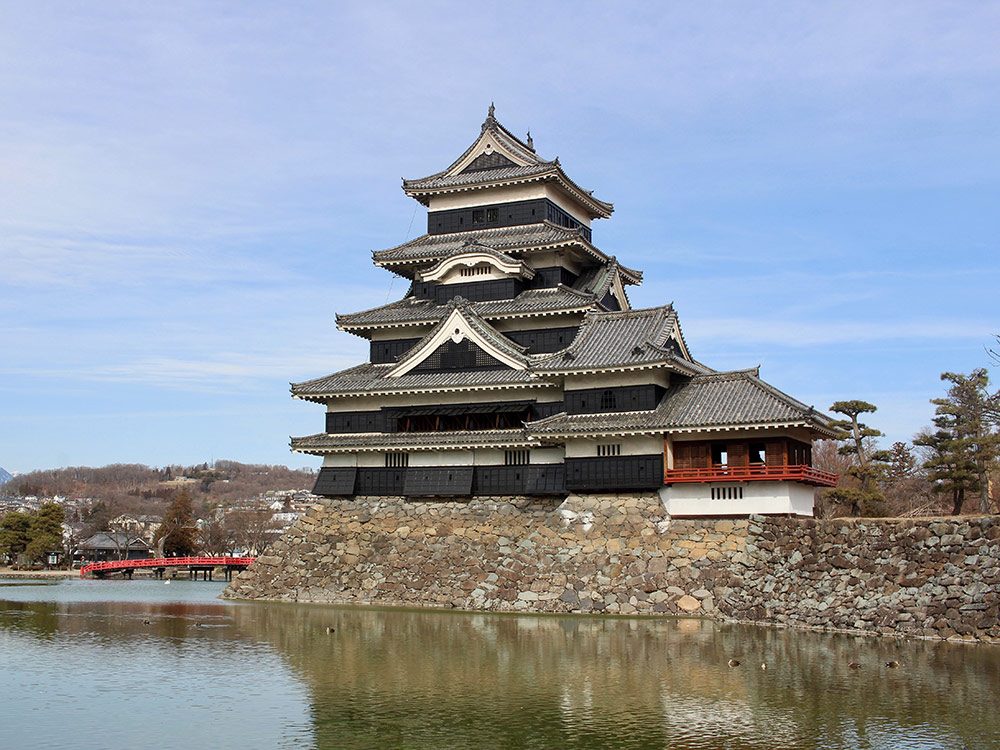
Matsumoto Castle, Nagano
Thinking of sticking to just Tokyo? There’s still so much of Japan to explore! Case in point: the city of Matsumoto in Nagano Prefecture, one of the highlights of G Adventures’ remarkable Backroads of Japan tour. Built in the 1500s, Matsumoto Castle is the oldest remaining castle in the country and still retains much of its original wood and stonework. As many as 23 lords from six different ruling families have called Matsumoto Castle home throughout the centuries—its astonishing collection of artifacts, including the first guns ever used in Japan, is as impressive as its enduring architecture.
Rest assured, none of these iconic Asian attractions will leave you disappointed.
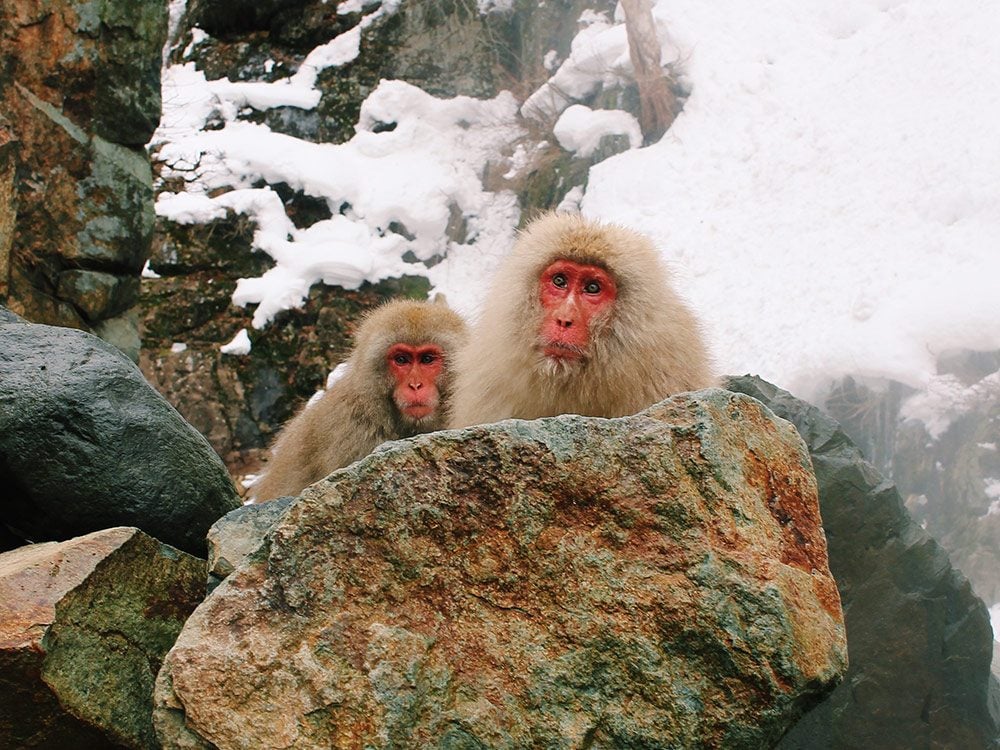
Jigokudani Monkey Park, Nagano
Part of the Jōshin’etsu-kōgen National Park in Nagano, Jigokudani Monkey Park was created in 1964 as a safe refuge for Japanese Macaques. These friendly but mischievous creatures are the only snow monkeys in the world known to enjoy bathing in hot springs—they learned the activity by watching locals soaking nearby. Jigokudani translates to “Hell Valley,” and is so named because of the area’s soaring cliffs and steamy atmosphere. The best time to visit Nagano’s snow monkeys? You guessed it—winter!
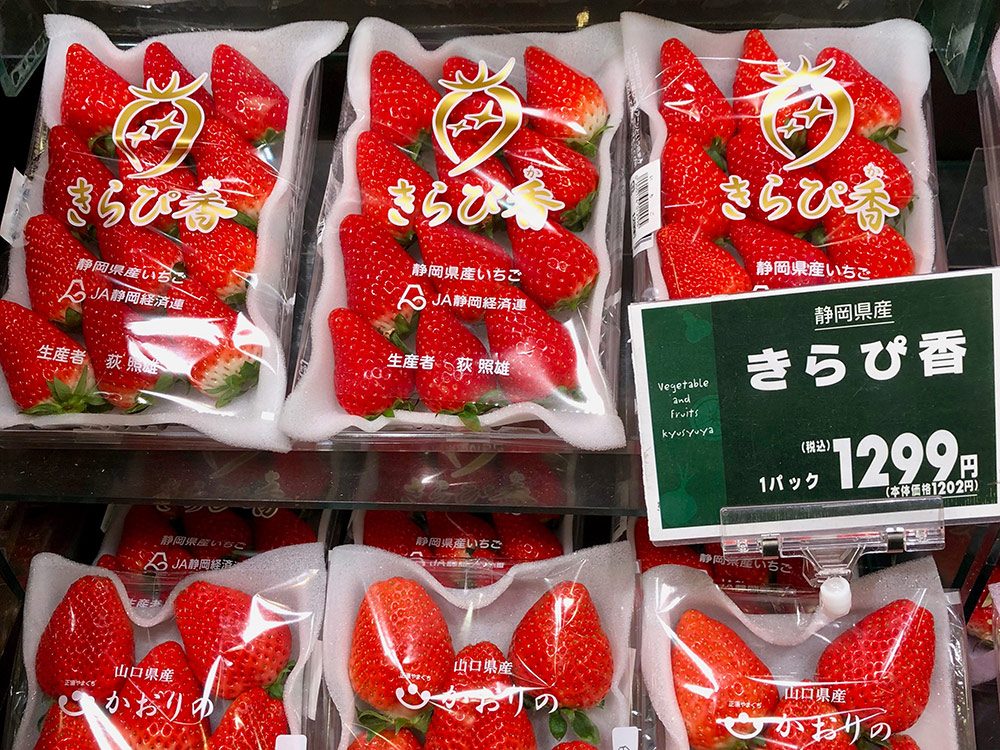
Japan’s Love of Strawberries
To say the Japanese love strawberries is an understatement: as the world’s seventh largest producer of the colourful fruit, almost all of the strawberries grown in Japan are consumed domestically. Strawberries are in season from late winter to spring, and there are plenty of varieties to choose from, including the super-sized Skyberry, the extra sweet Aiberry, and the all-white Hatsukoi no kaori, which sells for $13 CAD per berry. (Needless to say, premium, carefully packaged strawberries are popular as gifts.) Strawberry cultivation in Japan became widespread after WWII—before then, strawberries were only eaten by the rich and powerful.
Here’s why Japanese children are the healthiest in the world.
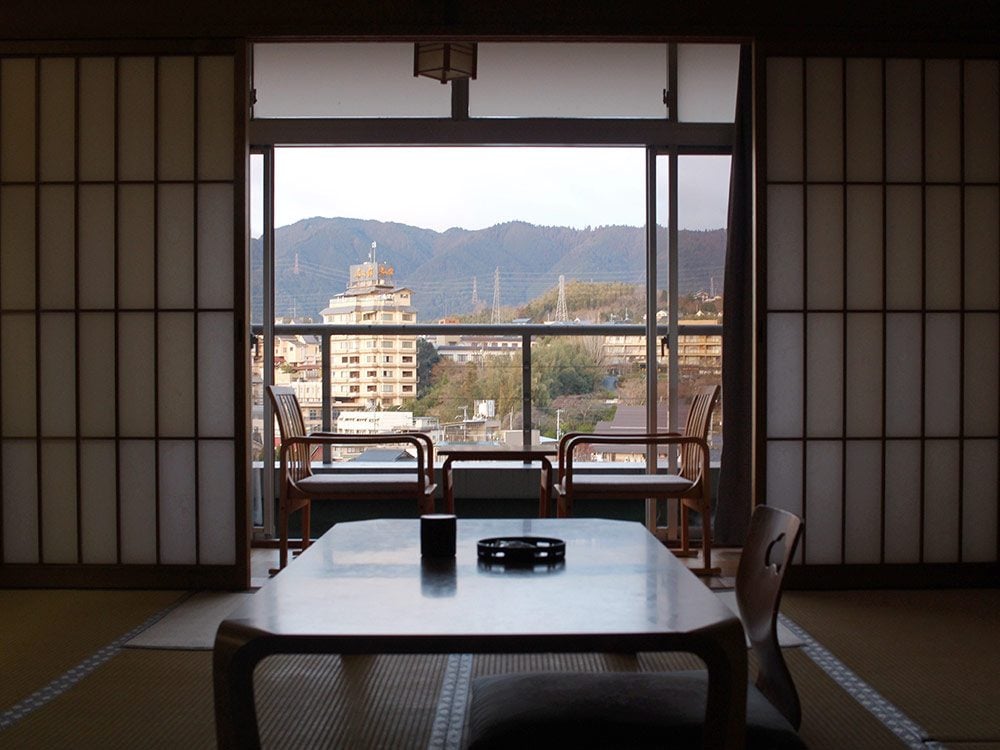
Traditional-Style Tatami Rooms
When one thinks of Japan, specific images come to mind: sushi, bullet trains, Mount Fuji, and of course, tatami mats. Made of woven rush grass, tatami flooring was initially reserved for the upper classes, when the mats were placed on top of wooden floors as seating for nobility. Japanese commoners didn’t get to enjoy proper tatami until the 17th century—up until then, they slept on straw mats. Although it’s becoming less common, some Japanese homes still feature one traditional-style tatami room.
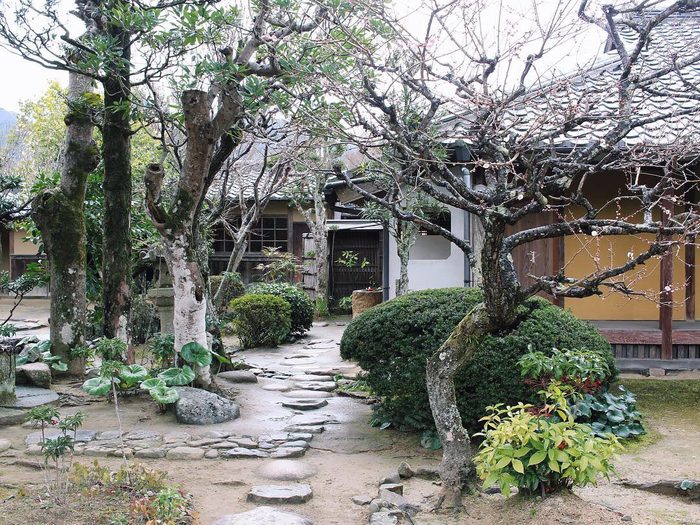
Hagi’s Picture-Perfect Gardens
Narrow roads, waterways filled with koi and carefully-manicured backyards and gardens—walking through the town of Hagi is like stepping back into Japan’s feudal period. Located along the Sea of Japan coast in Yamaguchi Prefecture, Hagi is one of the best preserved former castle towns in the country. The best reason to brave the daunting, half-day commute to get here is Hagiyaki, a famous type of pottery prized by tea ware enthusiasts.
Check out these other hidden gems you can only see in Japan.
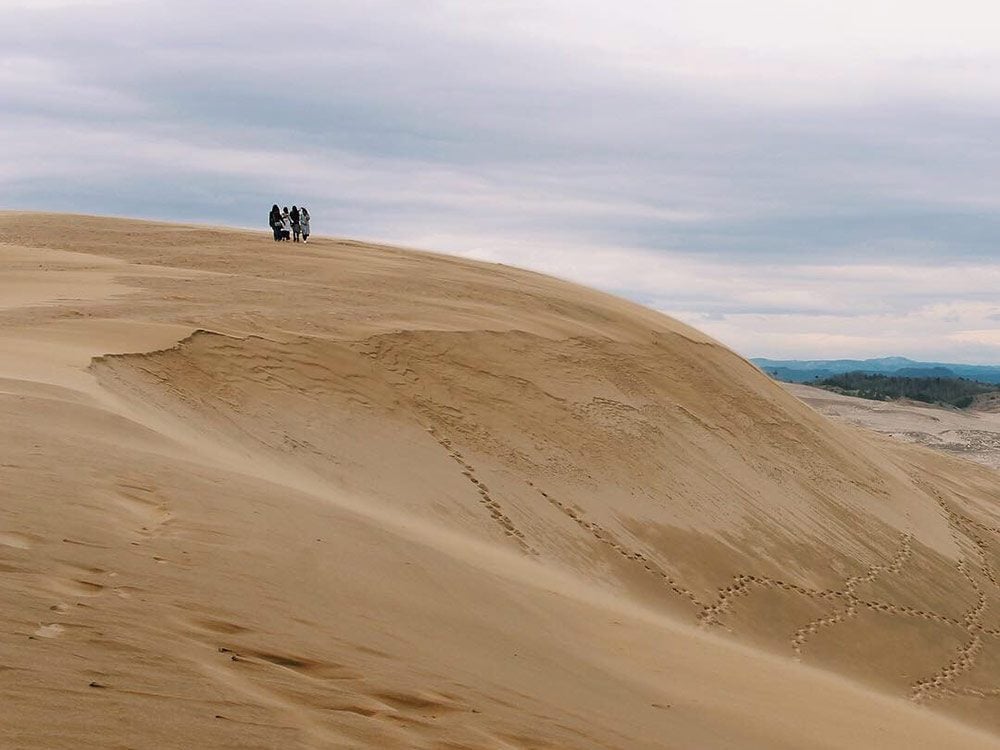
Tottori Sand Dunes, Tottori
Yes, you read that right. The Tottori Sand Dunes, located just outside the city of Tottori in the Chūgoku region of Japan, are the largest dunes in the country. Each measures as much as two kilometres wide and 50 metres high, and they span roughly 16 kilometres of coast along the Sea of Japan. These dunes were formed when sand from the nearby Sendai River was washed out to sea and, over the course of thousands of years, redeposited back to the coast by the ocean’s currents. More than two million people visit the Tottori Sand Dunes each year, and it’s no wonder: it’s a bit of the Middle East in Japan.
These lesser-known natural wonders deliver a similar “wow” factor.
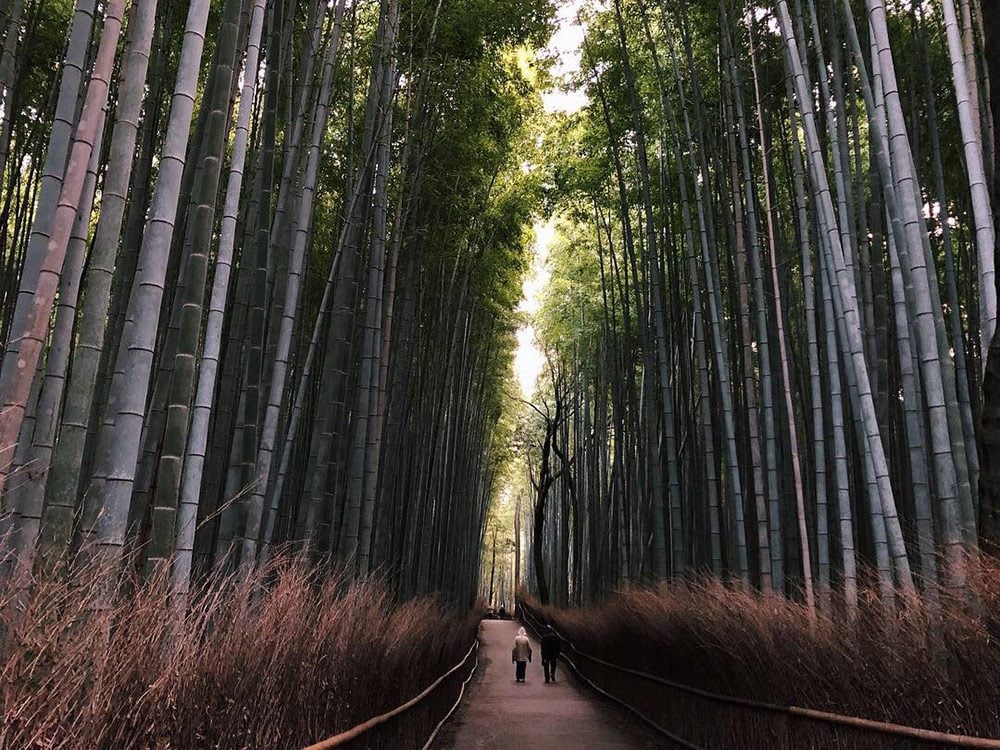
Arashiyama Bamboo Forest, Kyoto
If Tokyo is the face of an ultra-modern Japan, then Kyoto is the face of its rich historical past—after all, Kyoto served as Japan’s capital from 794 until 1868. The city’s temples, shrines and other structures are considered so culturally important, in fact, that the U.S. spared the city from the atomic bomb during WWII for fear the Japanese would never forgive them. A mere 10-minute walk from the Saga-Arashiyama Station lies the Arashiyama Bamboo Forest, one of Kyoto’s most photographed sights. For maximum effect (and the best photos), visit the forest at around 6:30 a.m., before the grove is besieged by tourists.
Japan also made our list of the best places to visit in 2019.
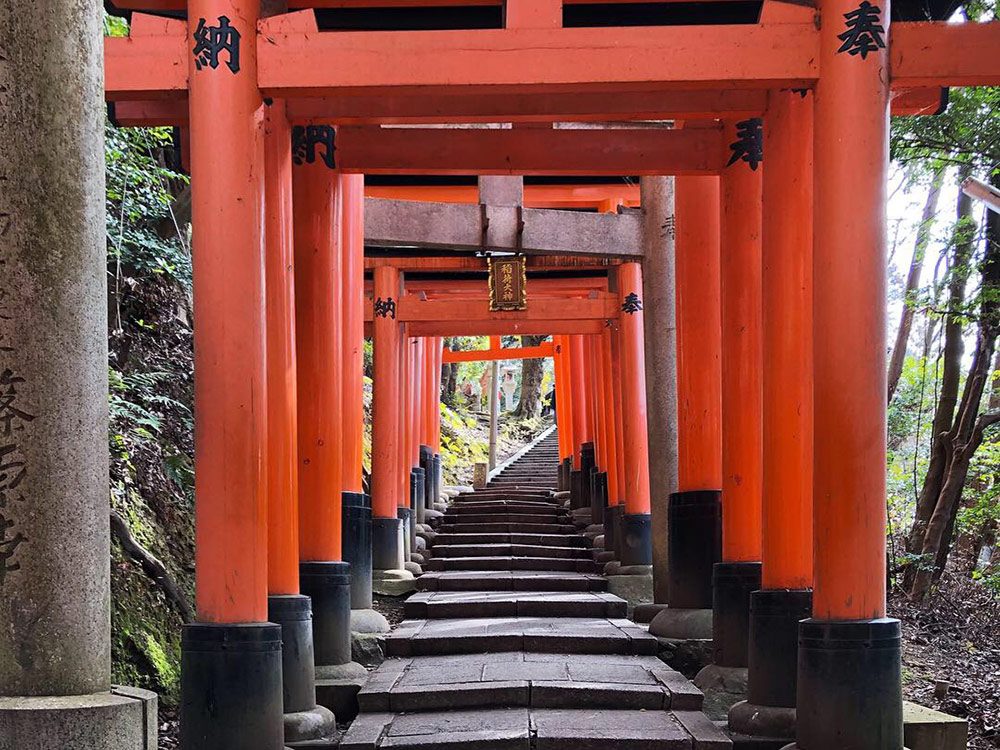
Fushimi Inari Shrine, Kyoto
If the vermilion torii gates of the Fushimi Inari Shrine look familiar, it’s with good reasons. As the head shrine of Inari, the Japanese god of rice, sake, and prosperity, it’s one of the most famous sights in all of Japan. Each of its iconic torii gates—gateways representing the border between the secular world and the sacred world, 10,000 in total—has been donated by Japanese businesses in the hope of receiving good luck.
Next, check out the crazy things you can only find in Japan!